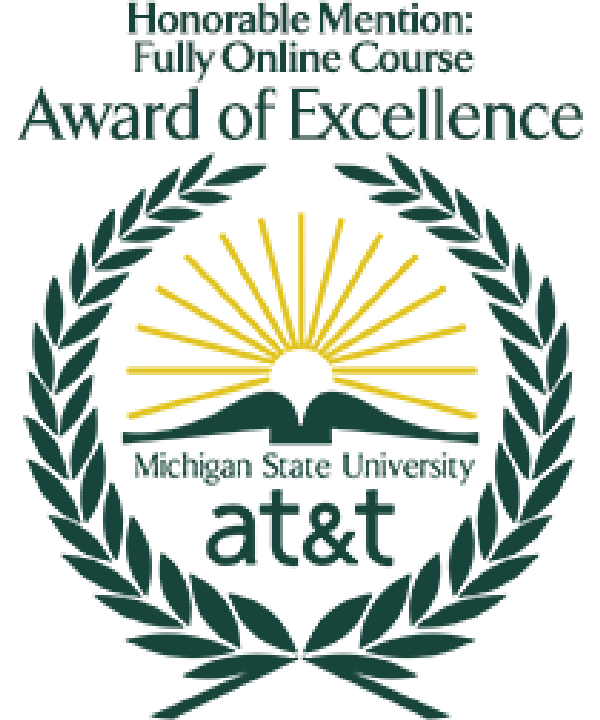EGR 102 - Introduction to Engineering Modeling, is a two-credit course offered every semester at MSU in which students learn basic mathematical modeling techniques and engineering problem solving through engaging with real life engineering problems. To perform the modeling, students also learn advanced excel skills and a computer language called MATLAB.
A student in the course would attend 1x50min lecture and 2x80minute labs every week. In the lecture, students are introduced to new engineering modeling concepts & given an open-ended engineering problem to think about for the week. In the first laboratory, students are introduced to new computer skills and allowed time to (in teams) discuss how the new skills might apply to the weekly problem & develop a problem-solving strategy; guided by their TA who acts as a project manager. In the second lab, students are given time to work in teams to solve/model the weekly problem using the appropriate modeling software (Excel or Matlab).
Since the pandemic, the course has moved 100% online and I’ve attempted to make some innovative changes, particularly in regard to how we deliver lecture content and information on technical skills. At the beginning of the pandemic, I attempted to deliver content in much the same way I always had, via a traditional lecture. The only difference was that now I had recorded my usual Powerpoint presentations and loaded uploaded them to Mediaspace for student consumption. After a few videos, I looked at the watch-time metrics and was… dismayed. Most students appeared to watch only the first 5 minutes before they would skip around looking only for the snippets of information they needed. Watch times decreased with each video and it was plain that student engagement was going down. To combat this, I radically shifted the way I delivered the content in a few ways. I will elaborate on this more in the creativity section but in brief I shortened the lectures, put a large amount of time into improving the production quality of all videos and iteratively used the Mediaspace watch time metrics to make changes to the structure of my talks and facilitate engagement. Additionally, we integrated an interactive textbook to help students actively engage with the content online rather than doing passive reading. The end result of these changes has been that student engagement with and enjoyment of the content (according to student surveys) is actually increasing despite the pandemic.
Technology Used
- Camtasia (video editing)
- Kaltura Mediaspace (data collection on student watch patterns)
- Google forms (in-video lecture activities)
- Zybooks (online interactive textbook)
- Matlab Grader (online coding instant-grading & feedback)
Team Members
- Jason Smith

